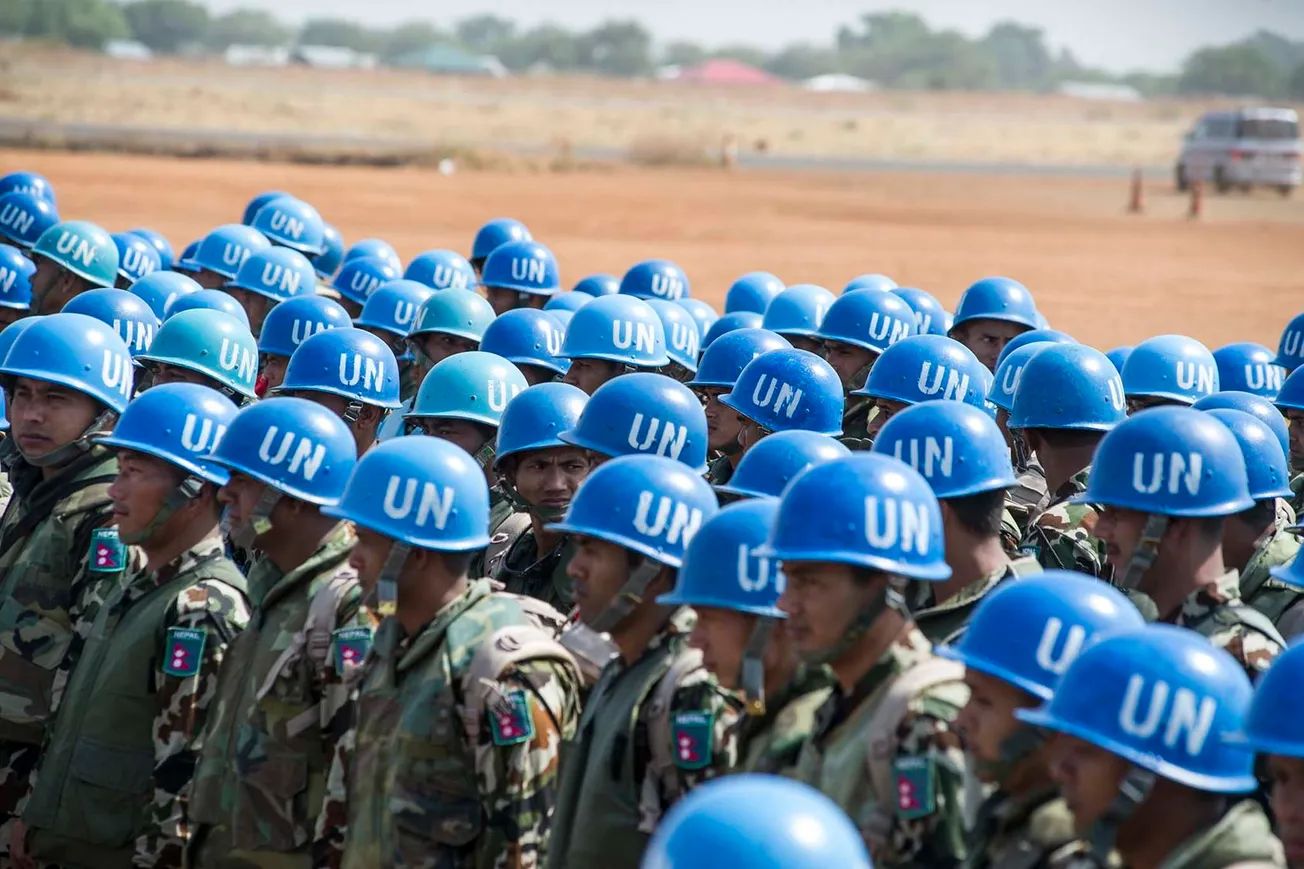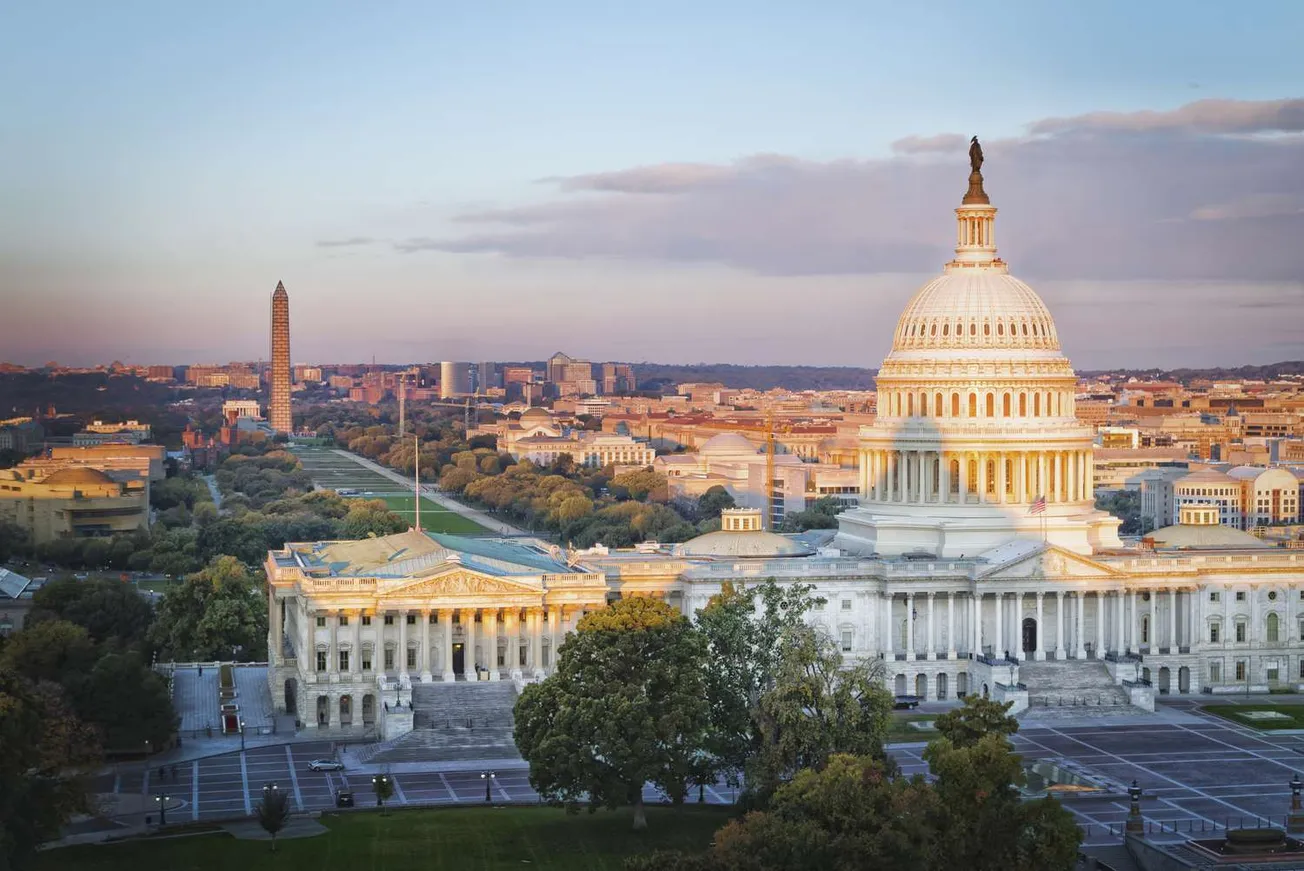Table of Contents
Somalia, a country with a tumultuous history marked by civil war, famine, and political instability, has been the focus of several international peacekeeping missions since the early 1990s. These missions, initiated by the United States, the United Nations, and the African Union, have sought to stabilize the region, provide humanitarian aid, and restore governance. The evolution of these missions reflects the complexities and challenges of peacekeeping in a nation where state collapse has had devastating effects. This article traces the history of these peacekeeping efforts, highlighting the key missions, their purposes, leadership, challenges, and impacts.
In December 1992, as Somalia descended into chaos following the collapse of the Siad Barre regime, U.S. President George H.W. Bush deployed American troops to Somalia under the banner of Operation Restore Hope. This mission, officially known as the Unified Task Force (UNITAF), was a humanitarian intervention aimed at alleviating the famine that was ravaging the country due to the civil war. The mission's primary objective was to ensure the safe delivery of food and aid to the Somali people, who were suffering from severe malnutrition.
UNITAF was led by U.S. Marine Corps General Robert B. Johnston, who coordinated efforts with various non-governmental organizations (NGOs) and the United Nations. The mission successfully reduced the levels of starvation and temporarily improved security. However, UNITAF faced significant challenges, including violent confrontations with local warlords who resisted foreign intervention.
The most notable of these confrontations was the Battle of Mogadishu in October 1993, where 18 U.S. soldiers lost their lives in a fierce battle with militia forces loyal to Mohamed Farrah Aidid.
As UNITAF came to a close, the United Nations took over peacekeeping operations with the establishment of the United Nations Operation in Somalia I (UNOSOM I) in April 1992, before UNITAF, and subsequently UNOSOM II in March 1993. The transition marked a shift from a purely humanitarian mission to one that aimed at nation-building, disarmament, and political reconciliation. UNOSOM I was initially a small mission focused on monitoring the ceasefire in Mogadishu and providing security for humanitarian aid. It was led by the United Nations Secretary-General's Representative (UNSGR) Mohamed Sahnoun from Algeria. Sahnoun, a seasoned diplomat, faced immense difficulties due to the fragmented nature of Somali politics and the deep-seated mistrust of international actors.
His efforts were hampered by a lack of resources and coordination with local leaders, leading to his resignation in October 1992.
UNOSOM II, the more ambitious follow-up, aimed to establish a secure environment throughout Somalia and facilitate the political process to re-establish a functioning government. It was led by UNSGR Ismat Kittani from Iraq, and later by Jonathan Howe from the United States, who served from 1993 to 1994. Howe's tenure was marked by increased military engagement with Somali factions, particularly with Mohamed Farrah Aidid, culminating in the Battle of Mogadishu. The mission faced criticism for its aggressive tactics and ultimately failed to achieve its broader goals, leading to its withdrawal in 1995.
Following the withdrawal of UNOSOM II, the international community recognized the need for a more coordinated and less militarized approach. The Somalia Aid Coordination Body (SACB) was established in 1994 as a consortium of donors, UN agencies, and NGOs. SACB's primary focus was on providing humanitarian aid and facilitating the reconstruction of Somalia's infrastructure, healthcare, and education systems. SACB was not a traditional peacekeeping mission but played a crucial role in stabilizing Somalia by coordinating international aid and ensuring that it reached the most vulnerable populations. The body operated from Nairobi, Kenya, where its secretariat was based, and worked closely with local Somali leaders and organizations.
While SACB made significant strides in delivering aid, it faced challenges in navigating the complex and often dangerous security environment in Somalia.
In response to the resurgence of violence and the rise of the Islamic Courts Union (ICU) in Somalia, the African Union established the African Union Mission in Somalia (AMISOM) in 2007. AMISOM was mandated to support the Transitional Federal Government (TFG) of Somalia, led by President Abdullahi Yusuf Ahmed, in its efforts to reclaim control of the country from insurgent groups, particularly Al-Shabaab. AMISOM, headquartered in Mogadishu, was initially led by Ambassador Francisco Madeira from Mozambique, who served as the Special Representative of the Chairperson of the African Union Commission (SRCC). Under his leadership, AMISOM played a pivotal role in liberating key areas from Al-Shabaab control, including Mogadishu, and in protecting the Somali government and institutions. Despite its successes, AMISOM faced significant challenges, including limited resources, high casualty rates among its troops, and criticism over its heavy-handed tactics.
The mission's mandate has been extended multiple times, and it continues to operate with the goal of building the capacity of Somali security forces to take over security responsibilities.
In parallel with AMISOM, the United Nations established the United Nations Assistance Mission in Somalia (UNSOM) in June 2013. UNSOM's mandate is to provide political support to the Somali government, facilitate peacebuilding and state-building processes, and promote human rights. UNSOM has been led by various Special Representatives of the Secretary-General (SRSG), including Nicholas Kay from the United Kingdom (2013-2016), Michael Keating (2016-2018), and James Swan from the United States (2019-2021). Each of these leaders brought a wealth of diplomatic experience and faced the complex task of balancing international support with Somali sovereignty. UNSOM's offices are based in Mogadishu, with satellite offices across Somalia.
The mission has made progress in supporting political reconciliation and state-building, particularly in the formation of federal member states and the electoral process. However, it continues to face challenges such as ongoing insecurity, political instability, and the threat posed by Al-Shabaab.
As the African Union Mission in Somalia (AMISOM) transitions into the African Union Transition Mission in Somalia (ATMIS), discussions have emerged about the future of peacekeeping in Somalia. The international community, recognizing the need for continued support, is considering the establishment of a new mission, potentially named the African Union Somalia Mission (AUSOM). This mission would aim to build on the successes of AMISOM and ATMIS while addressing the evolving security and political landscape in Somalia.
The history of peacekeeping in Somalia is one of evolving strategies, shifting leadership, and persistent challenges. From the initial humanitarian intervention of UNITAF to the complex nation-building efforts of UNOSOM and the ongoing stabilization efforts of AMISOM and UNSOM, each mission has played a crucial role in Somalia's journey toward peace and stability. As Somalia continues to rebuild, the lessons learned from these missions will undoubtedly shape the future of international engagement in the country.








